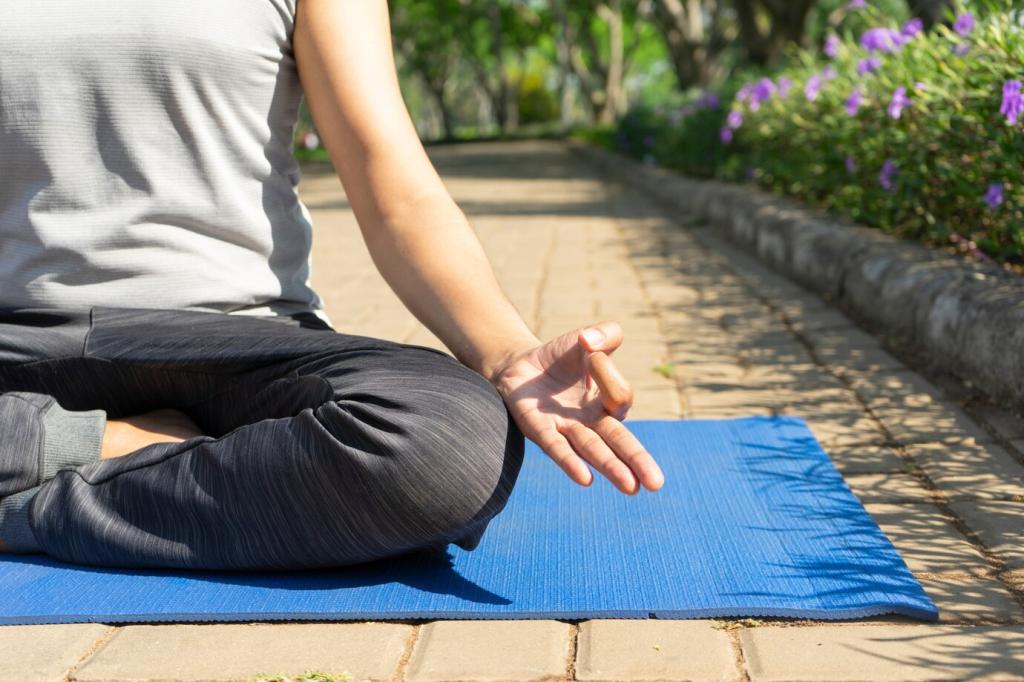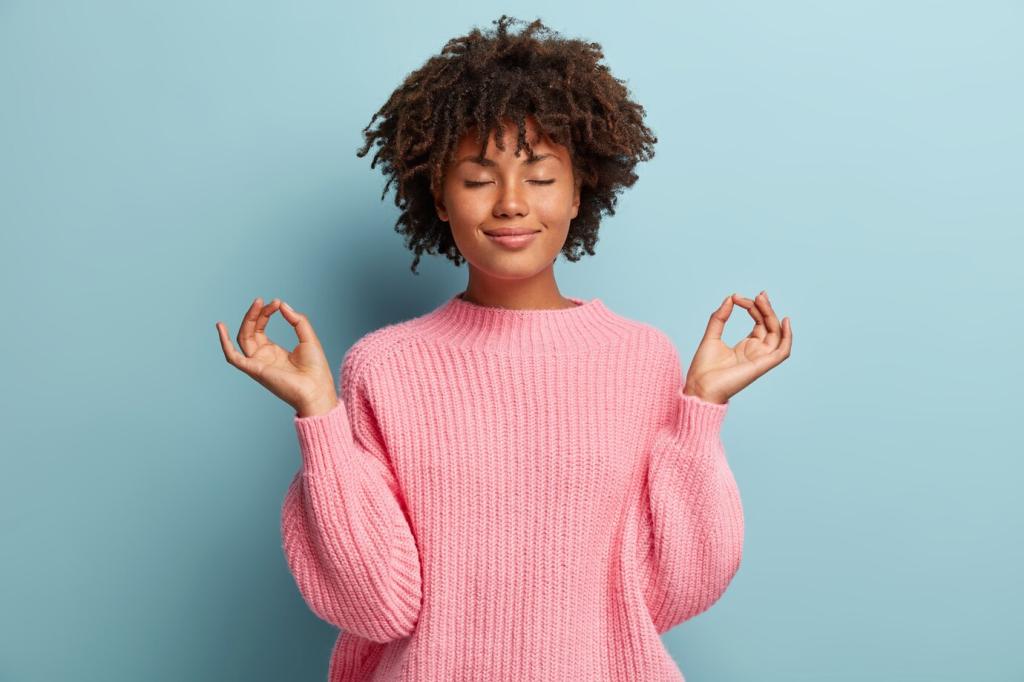
Progressive Relaxation Techniques: Your Calm Starts Here
Exhale the noise and meet your new ritual. Today’s chosen theme is Progressive Relaxation Techniques—practical, science-backed ways to release tension, reset your nervous system, and feel human again.
From Jacobson to You
In the 1920s, physician Edmund Jacobson observed that tensing and releasing muscles trained people to recognize and reduce stress. His approach evolved into Progressive Relaxation Techniques used by therapists, athletes, and everyday worriers.
The Tension-Awareness Loop
By deliberately tightening a muscle group and then releasing it, you create contrast. That contrast teaches your brain the feeling of relaxation, making calm a learnable, repeatable body signal.
Try This Evening Routine
01
Set the Scene
Dim your lights, silence notifications, and lie down or sit with supported posture. Tell yourself this is practice, not performance. If your mind wanders, smile and gently return to the next muscle group.
02
Head-to-Toe Sequence
Start at your feet and work upward: feet, calves, thighs, glutes, abdomen, chest, hands, forearms, upper arms, shoulders, neck, face. Gently tense each group for five seconds, then release for ten to fifteen.
03
Seal the Session
When finished, breathe slowly through the nose for one minute. Notice any warmth, heaviness, or quiet. Jot one observation in a note, and share your experience in the comments to inspire others.
Breath, Imagery, and Body Scan Enhancers
Inhale for four counts, exhale for six. Keep the exhale slow while relaxing each muscle group. The extended exhale encourages parasympathetic activity, reinforcing the relaxation response you are cultivating intentionally.
Breath, Imagery, and Body Scan Enhancers
Imagine a warm light traveling through your body. When you release a muscle, picture that light softening the tissue and washing away fatigue. Share your favorite imagery ideas below to help others personalize practice.


Real-Life Uses for Busy Days
If thoughts buzz at bedtime, do a five-minute lower-body sequence with long exhales. Many readers report fewer wake-ups and easier mornings. Tell us how many minutes work for your evening rhythm.
Evidence and Measurable Benefits
People practicing regularly often report better sleep onset and deeper rest. Some even notice improved heart rate variability, a sign of resilience. Try a seven-night experiment and share your results with our readers.


Maya cramped during long rehearsals. Using a two-minute hand and forearm release before pieces, she noticed cleaner vibrato and steadier tempo. She now teaches classmates this little reset between movements.

Evan practiced a three-muscle sequence after late feedings: jaw, shoulders, abdomen. It became a tender ritual, helping him return to sleep faster. He invites other parents to share tiny wins and tweaks.

Luis used Progressive Relaxation Techniques during taper to calm race nerves. Looser shoulders meant better form late in the race. He now logs sessions beside mileage, noticing confidence grow as miles decrease.

